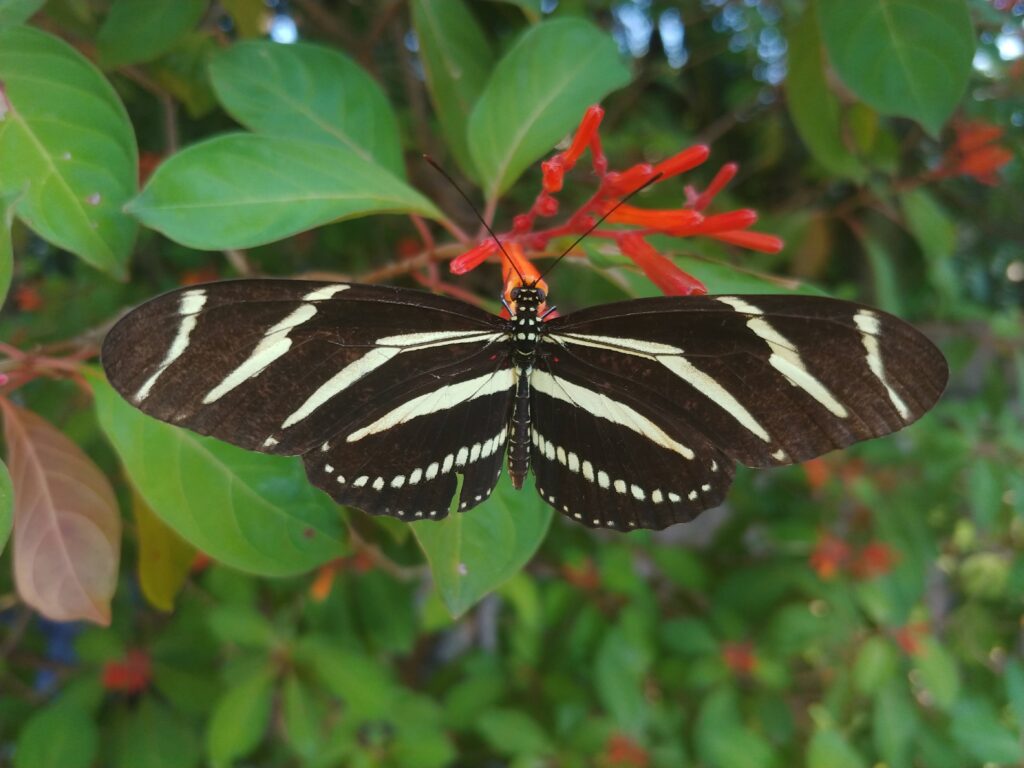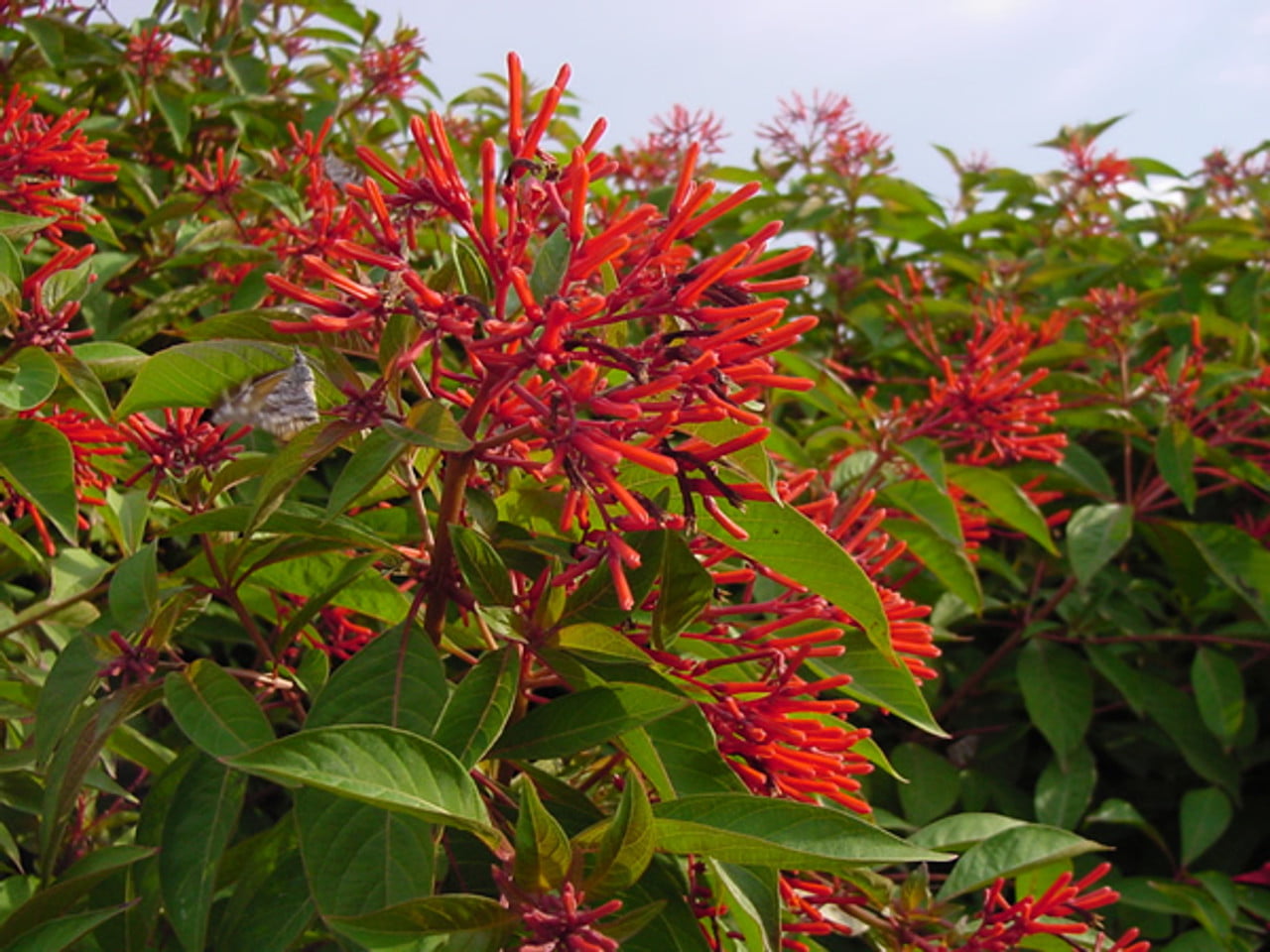When one thinks of creating a sanctuary for butterflies, certain plants come to mind. One of the unsung heroes of this endeavor is the vibrant Firebush, scientifically known as Hamelia patens. A wonder in its own right, the Firebush not only draws these winged beauties with its nectar but also offers them shelter. Let’s delve deeper into the marvelous world of the Firebush and discover why it’s deemed the “Guardian of the Forest.”
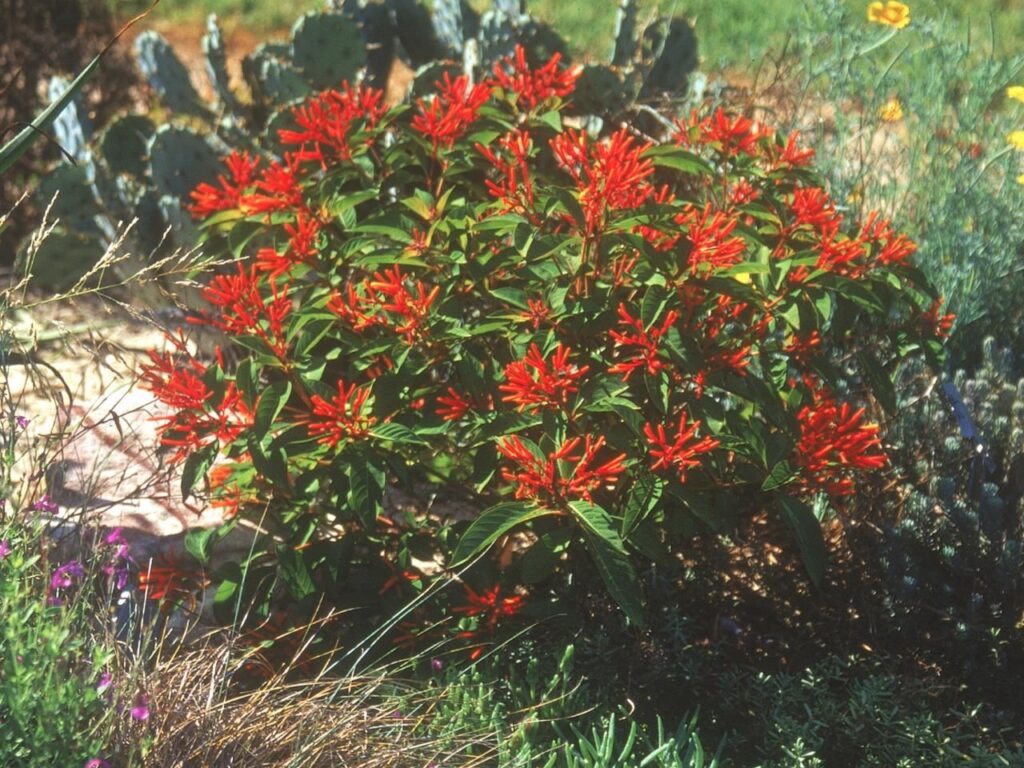
Native Range and History
Hailing from the warm regions of the Neo-Tropical Realm of Central and South America, the Firebush has spread its wings, or rather branches, across various parts of the world. In its native range, from Mexico to Argentina, the Firebush is an integral part of the ecosystem, offering sustenance and protection to a variety of wildlife.
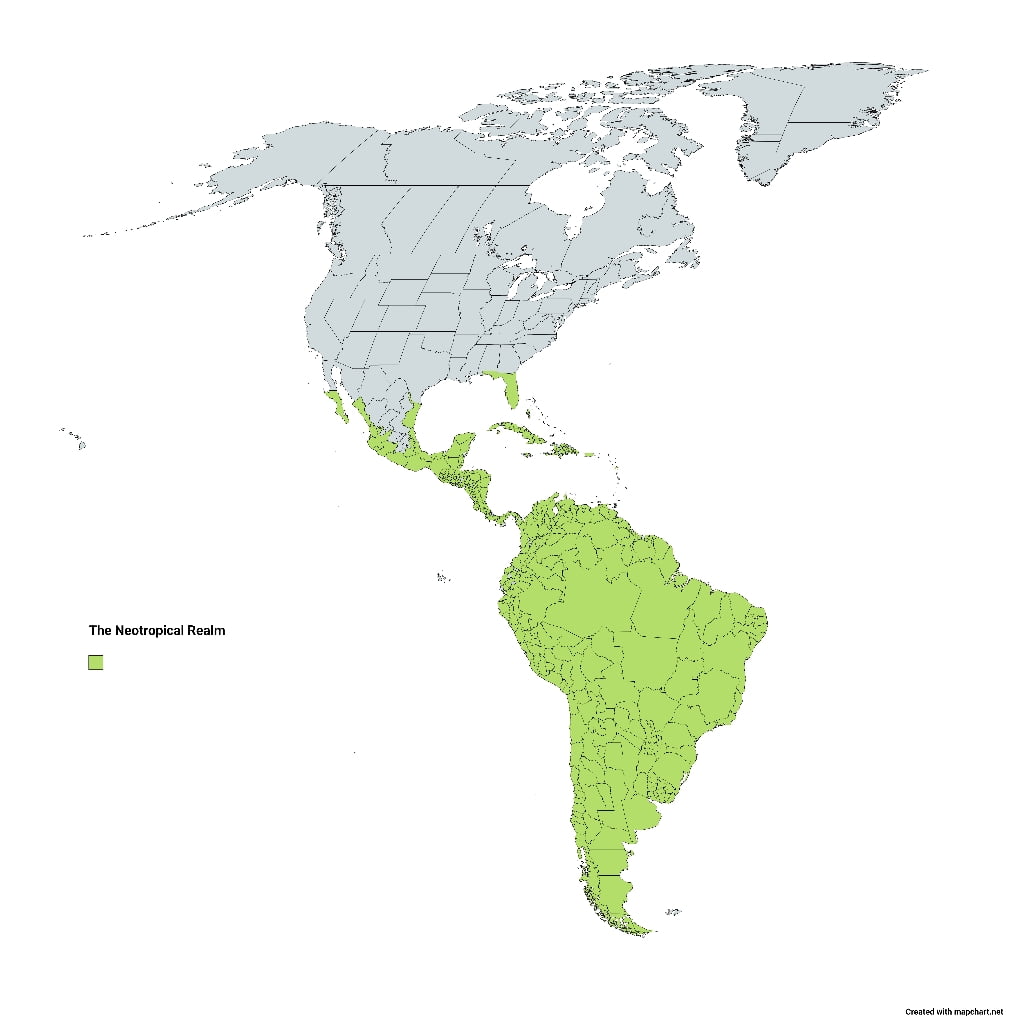
Historically, the indigenous tribes of its native regions revered the plant not just for its aesthetic appeal, but also for its medicinal properties. They believed that the Firebush could treat a range of ailments from skin disorders to digestive troubles.
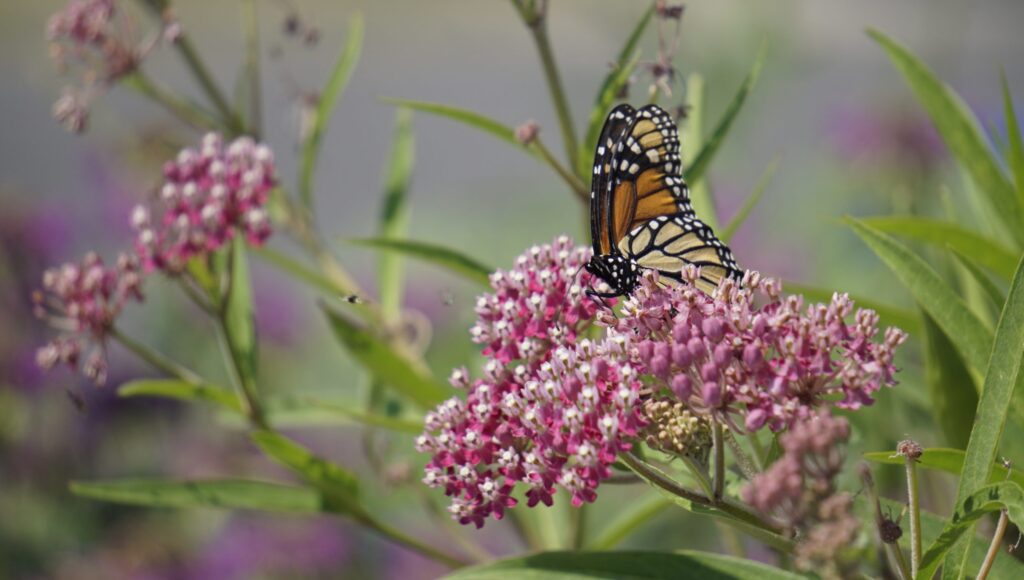
25 Florida-Native Swamp Milkweed Seeds (Asclepias Incarnata) for 2024 – Free Shipping
Our premium Asclepias Incarnata seeds, originating from our conservation land in Polk County Florida, provide an excellent opportunity to transform your outdoor space into a haven for the mesmerizing Milkweed Butterflies. These seeds offer an effortless way to cultivate a garden sanctuary that supports the life cycle of these delicate and fascinating creatures. These Swamp Milkweed seeds are recommended for USDA Hardiness Zone 9 and the rest of its native range. 25 seeds.
Description
A shrub that can grow up to 12 feet in height, the Firebush boasts slender branches laden with elliptic leaves that have a subtle reddish tint. But what truly captures the eye are its radiant flowers. Arranged in clusters, they blossom into tubular red or orange wonders, reminiscent of flickering flames, hence its common name.
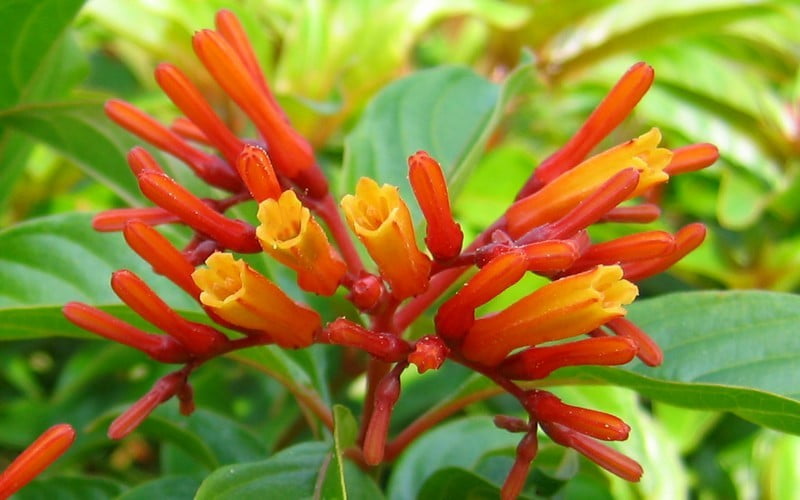
As the seasons transition from summer to autumn, the plant also produces small, berry-like fruits which turn from green to a shiny, dark purple or black when ripe. These fruits are not just a treat for the eyes; birds and other fauna often feast on them.
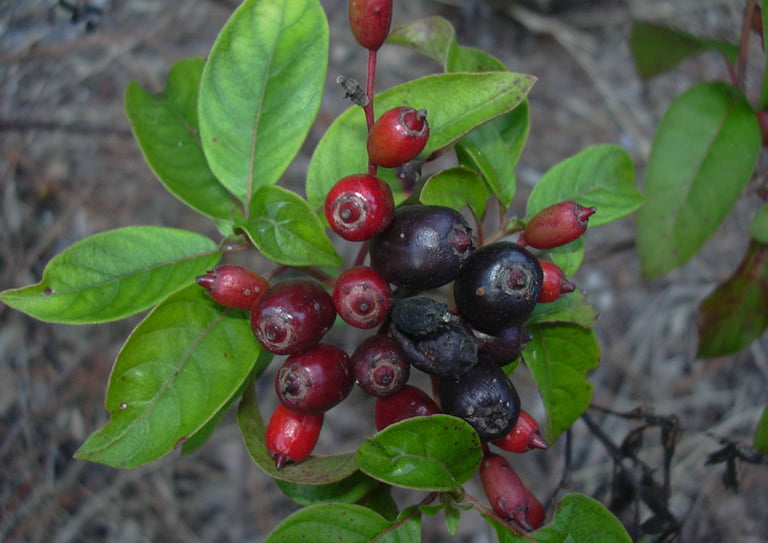
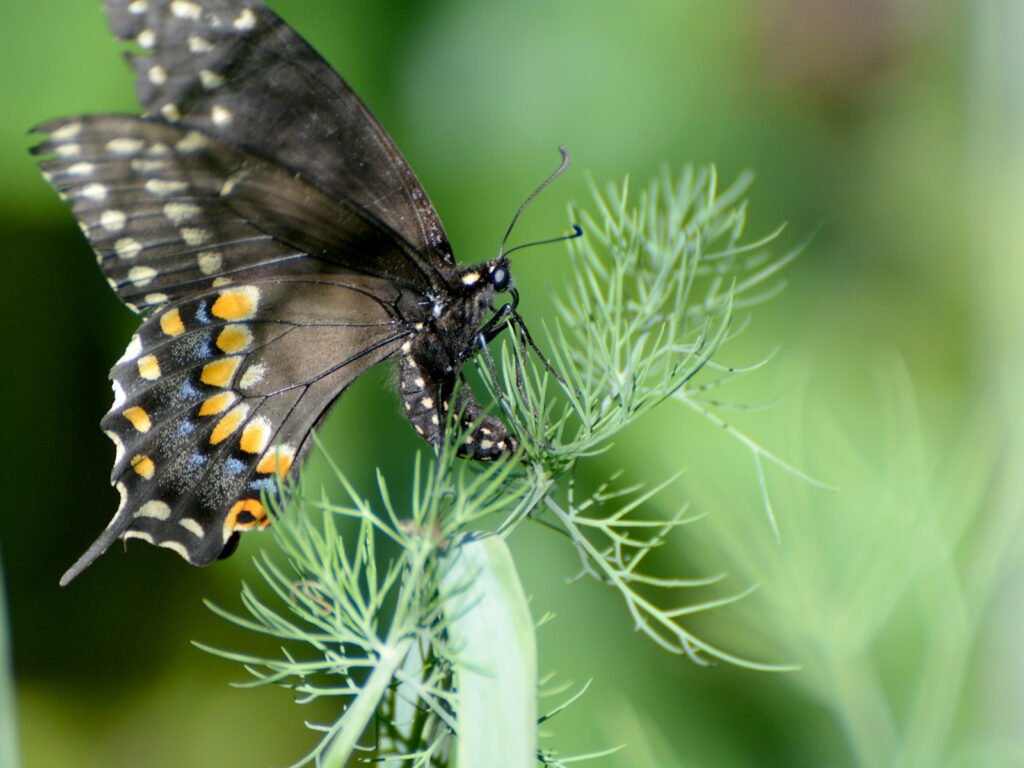
500 Bouquet Dill Seeds for North America 2024 – Black Swallowtail – Free Shipping
With more than one full gram in every pack, you’ll receive an astonishing number of seeds (well over 500) – enough to transform your garden into a dill paradise. Attracts Black Swallowtails. For all North America. Free shipping.
Names and Nomenclature
While Firebush is its most popular moniker, the plant goes by several names across different cultures and regions. One of the most poetic and intriguing titles is the “Guardian of the Forest.” This name, stemming from indigenous lore, encapsulates the belief that the plant not only provides sustenance but also shields the forest and its inhabitants from harm.
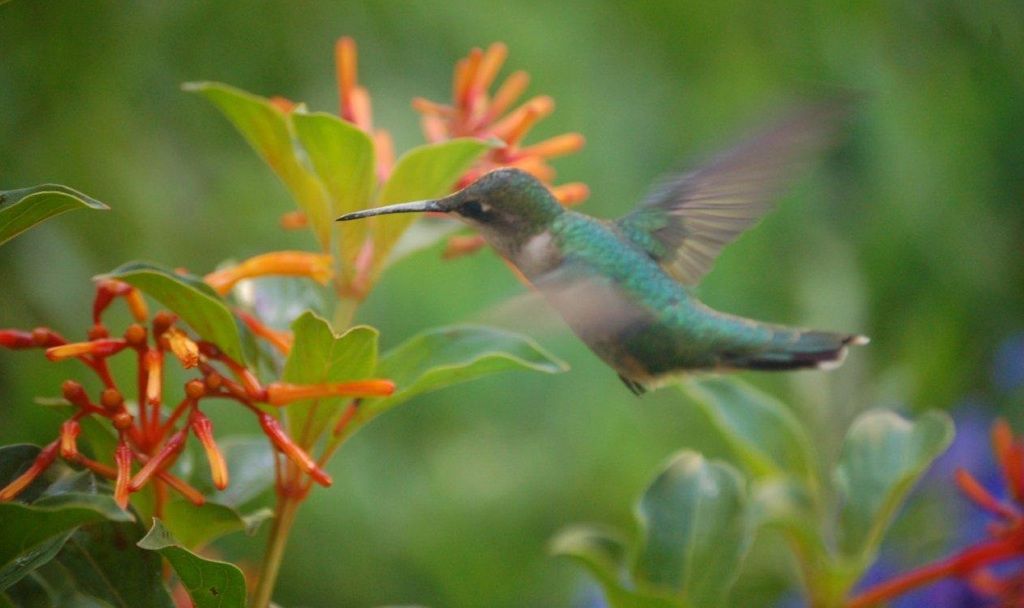
It’s also been dubbed the “Scarlet Bush” due to its fiery flowers and the “Hummingbird Bush” since hummingbirds are often seen hovering around it, drawn by its rich nectar.
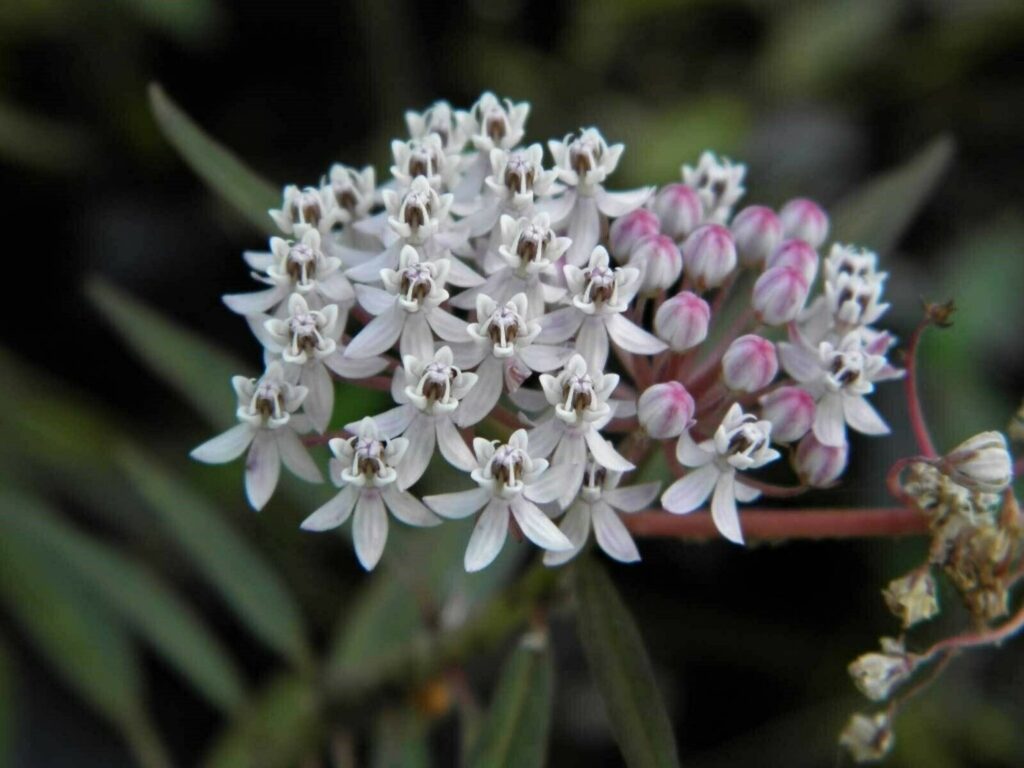
20 Florida-Native Aquatic Milkweed Seeds (Asclepias perennis) for U.S. Southeast – Free Shipping
Aquatic Milkweed (Asclepias perennis) is a native perennial that thrives in wet environments. With its beautiful white blossoms and attractive green foliage, it’s an eye-catching addition to any aquatic setting. Florida Native. 20 seeds. Free shipping.
Beneficial to Butterflies and Beyond
For butterfly enthusiasts, the Firebush is nothing short of a boon. Not only is it a magnet for butterflies seeking nectar, but it also provides them with shelter. Its dense growth offers protection against predators and harsh weather conditions.
By planting this shrub, one essentially offers these creatures a complete lifecycle support system – from a feeding ground to a protective haven for metamorphosis.
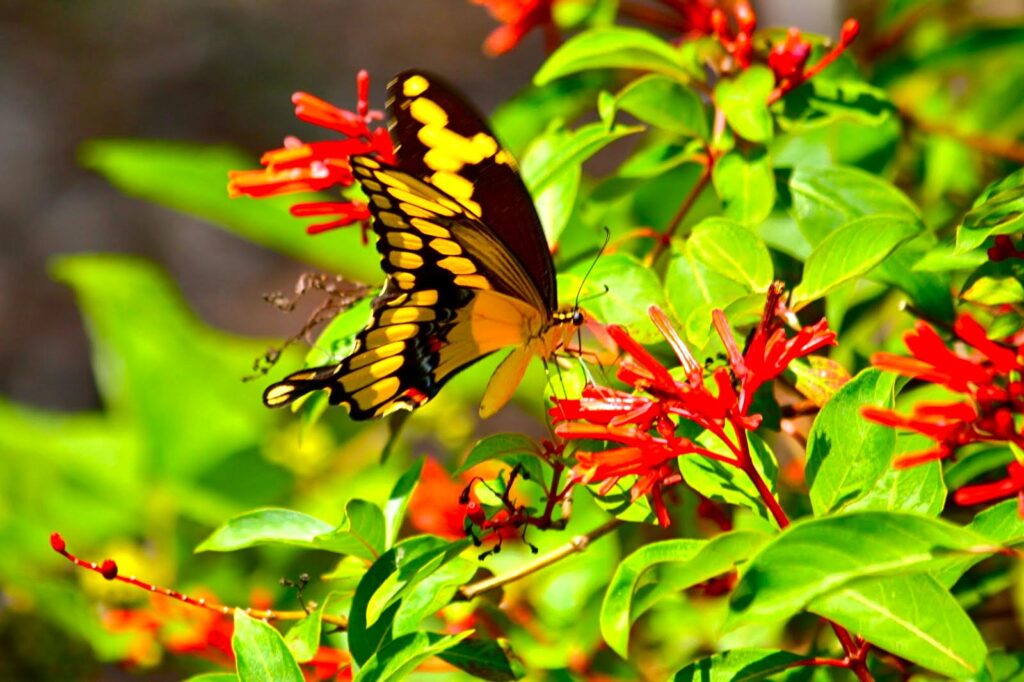
Conclusion
A plant of beauty, history, and utility, the Firebush is a testament to the marvels of nature. Whether you’re a butterfly lover, a hummingbird enthusiast, or someone who simply appreciates nature’s wonders, the Firebush, the “Guardian of the Forest,” is a perfect addition to gardens and wild spaces alike. Not only will it add aesthetic value, but it will also promote biodiversity, turning any space into a sanctuary for various species.
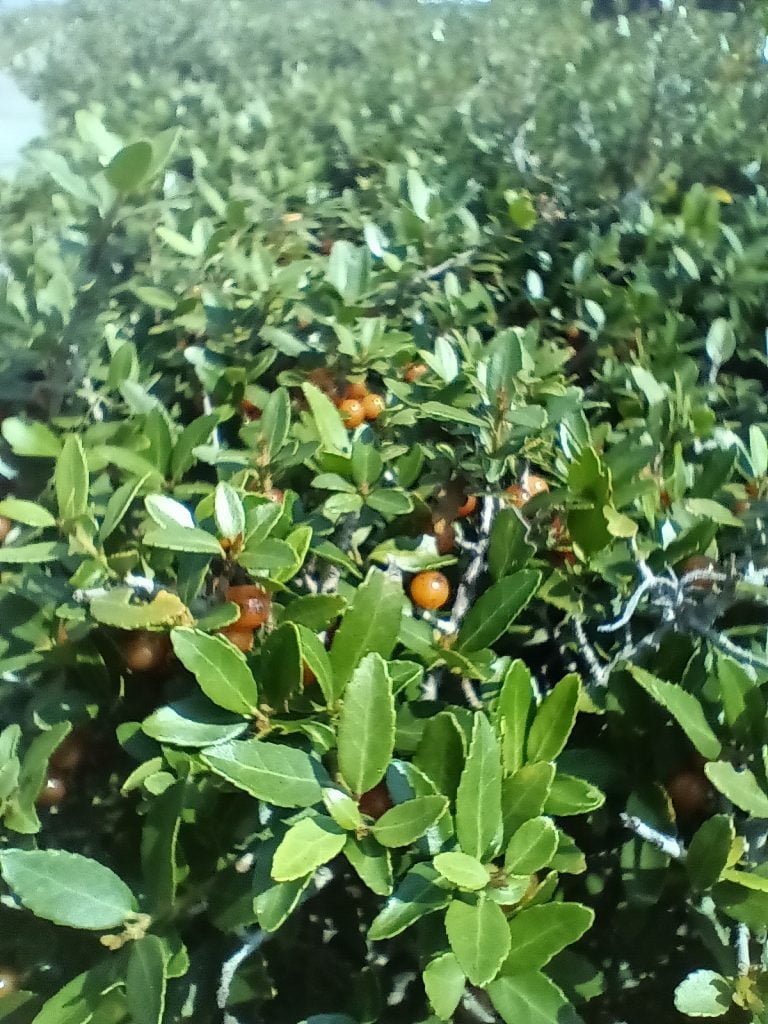
20 “Black Drink Holly” Seeds (Ilex nigrumpotum) aka “Yaupon” – Florida Native – Free Shipping
20 or more seeds of the Florida-native, Black Drink Holly (Ilex nigrumpotum), formerly known as “Yaupon”. Free shipping. Origin: Polk Co. FL Zone 9b.
